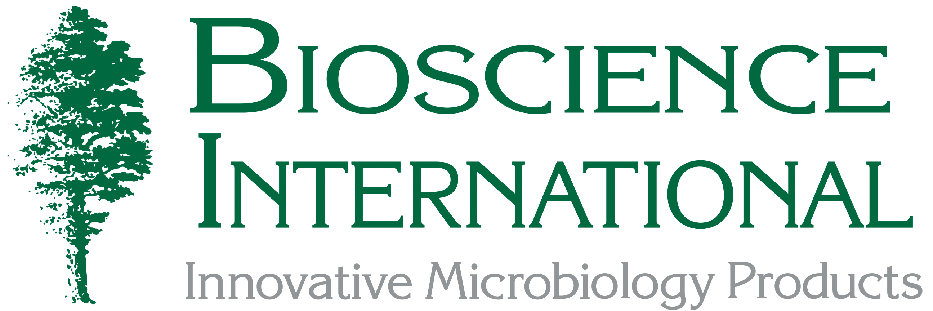"Its portability, reliability, and efficiency in capturing airborne microbes were important considerations in being selected..."
- Duane L. Pierson, Ph.D., Senior Microbiologist, NASA
Click here for more information on the SAS air sampler.
![]()
SAS Soars Into Space
By Duane L. Pierson, Ph.D.
Senior Microbiologist, NASA
Airborne microbes may affect the health, safety, and performance of astronauts just as airborne contaminants can affect indoor air quality on earth. However, severe restrictions on weight, volume, power, maintenance, and east of use are among the many constraints associated with conducting environmental assessment studies in spacecraft.
Health risks are increased in spacecraft resulting from living and working in relatively crowded conditions in a closed environment. Airborne trace gas contaminants are removed by activated carbon, and microbes are reduced by electrostatic precipitation.
The Russian cosmonauts have used the SAS air sampler for about one month to assess the microbial air quality in the Space Station Mir for several years. Its portability, reliability, and efficiency in capturing airborne microbes were important considerations in being selected for spacecraft use.
All components of the sampler and media plates must be tethered or anchored by Velcro to prevent losing parts in the microgravity of space. Trypticase Soy Agar is used for bacterial contaminants whereas Czapek Agar and more recently Rose-Bengal Agar is used for the culture of fungi.
After incubation, the plates are viewed by the cosmonauts and approximate quantitation is achieved by using colony density charts. Photography is used to document the findings, and these pictures are downlinked to experts on the ground for further interpretation.
The Russian acceptability limits are 500 CFU/m3 for bacteria and 100 CFU/m3 for fungi. The most commonly cultured bacteria are of human origin (e.g., Staphylococcus) and hardy environmental microbes such as Bacillus. The most commonly isolated fungi are Aspergillus, Penicillium, and Cladosporium.
Generally, the microbial levels are low, but higher levels are observed with increases in humidity and temperature during anomalies of the environmental control system. The microbial species recovered from the air and surfaces of the Mir are similar to those found on the Space Shuttle. Overall, results are consistent with a healthy environment for human occupation.
![]()
Duane L. Pierson, Ph.D.
As NASA's senior microbiologist and expert on all microbiological aspects of space flight, Dr. Pierson is responsible for formulating, developing and implementing NASA's microbiology program for all current and future human exploration of space. His microbiological and biochemical research from more than 25 years at Baylor College of Medicine in Houston and at NASA's Johnson Space Center has been published in a wide variety of peer-reviewed journals. NASA has recognized Dr. Pierson's accomplishments through many awards including the Medal for Exceptional Scientific Achievement and the Certificate of Commendation.
![]()
For More Information Contact:
Bioscience International
11333 Woodglen Drive
Rockville MD 20852
Tel: 301-231-7400
Fax: 301-231-7277
Internet: BioInfo@Biosci-Intl.com
